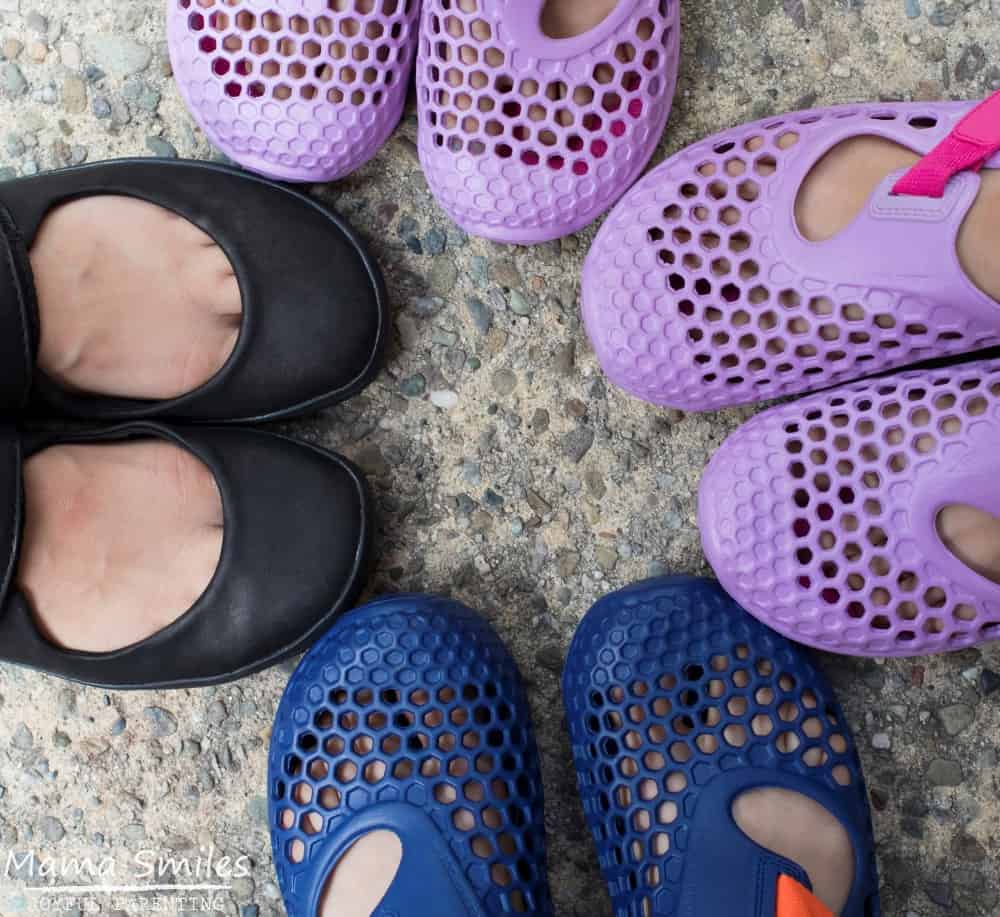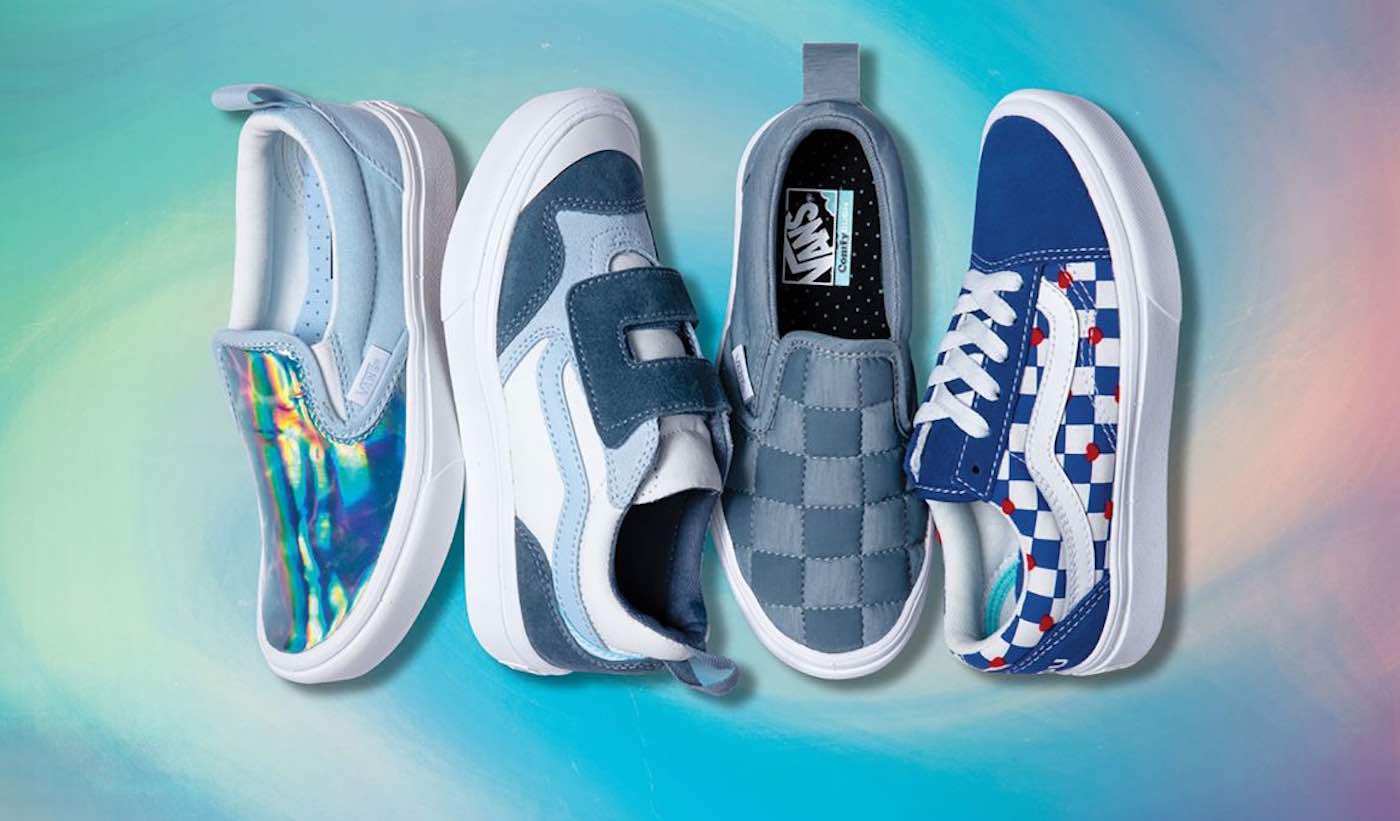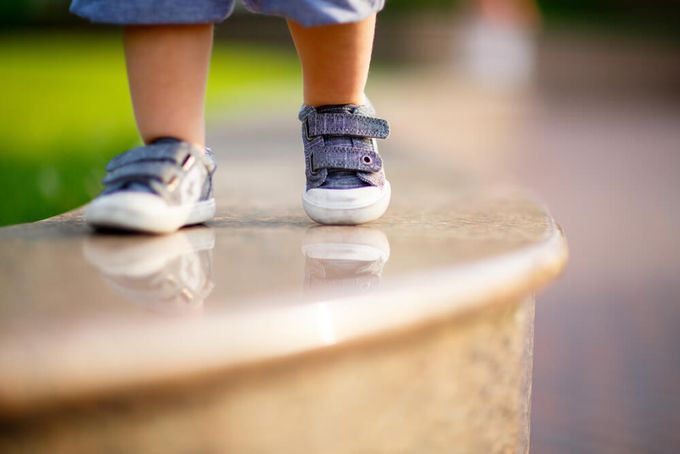When it comes to accommodating kids with sensory issues, selecting the right pair of shoes can make a world of difference. Many children, particularly those on the autism spectrum or with sensory processing disorder (SPD), can find traditional footwear uncomfortable. This guide will explore the best shoes for kids with sensory issues, delving into styles, features, and brands that cater to these unique needs.
Understanding Sensory Issues in Children
Sensory issues can manifest in various ways for children. Some may have heightened sensitivity to textures, which makes materials like leather or certain fabrics unbearable. Others may struggle with the fit or weight of shoes. Understanding these nuances is crucial when making footwear choices.
Key Features to Look for in Sensory-Friendly Shoes
1. Soft Materials
Opt for shoes made from soft, breathable materials such as cotton, canvas, or mesh. These fabrics can help reduce discomfort.
2. Lightweight Design
Heavy shoes can overwhelm a child. Look for lightweight options that won’t burden their feet.
3. Velcro or Easy Fastening
Many kids with sensory issues prefer shoes that are easy to put on and take off. Velcro straps or elastic laces are great options.
4. Seamless Design
Seams can create irritating pressure points on the foot. Shoes with a seamless design can enhance comfort.

5. Adjustable Fit
Shoes that allow for an adjustable fit can cater to kids whose foot size may fluctuate, providing a more comfortable wear.
Best Shoes for Kids with Sensory Issues
Let’s take a look at some top brands offering sensory-friendly footwear options:

1. Geox Kids’ Shoes
Geox is known for its breathable materials and various styles, from sneakers to sandals, ensuring comfort and style.
2. New Balance
New Balance offers a range of sneakers with cushioned soles and adjustable fits, ideal for sensory-sensitive children.

3. Crocs
These iconic shoes are lightweight, easy to wear, and water-resistant, making them a favorite for many kids.
4. See Kai Run
See Kai Run shoes are designed with growing kids in mind, using flexible materials and providing excellent foot support.

5. Bobux
Bobux specializes in soft-soled shoes that mimic barefoot walking, perfect for younger children with sensory sensitivities.
Comparison of Sensory-Friendly Shoe Brands
| Brand | Features | Price Range | Best For |
|---|---|---|---|
| Geox | Breathable, stylish | $$ | Older kids |
| New Balance | Cushioned, adjustable | $$ | Active children |
| Crocs | Lightweight, water-resistant | $ | Everyday wear |
| See Kai Run | Flexible, supportive | $$ | Young children |
| Bobux | Soft-soled, mimics barefoot | $$$ | Toddlers |

Local Experience: Shoe Fitting Events
Many communities across the USA host special shoe fitting events designed for children with sensory issues. In cities like New York and Los Angeles, organizations such as “Footprints of Hope” have set up events where children can try on various sensory-friendly shoes in a comfortable environment. These events not only help find the right footwear but also create a supportive community for parents and caregivers.
Tips for Parents Buying Shoes for Kids with Sensory Issues
1. Involve Your Child
Whenever possible, involve your child in the shoe selection process. Let them try on different styles and see what feels comfortable to them.

2. Prioritize Comfort Over Style
While style is important, comfort should take precedence. Look for options that are functional and appealing to your child’s tastes.
3. Consider the Environment
Think about where your child will wear the shoes. Different activities may require different types of footwear.

4. Utilize Online Resources
Websites such as Sensory Smart offer guides and recommendations for sensory-friendly products.
Platforms and Technologies for Finding Sensory-Friendly Shoes

Online Marketplaces
Websites like Amazon and Zappos have sections dedicated to sensory-friendly footwear, offering customer reviews and detailed product descriptions that can aid parents in their decisions.
Mobile Apps
Apps like “Autism Apps” can help find local resources, including shoe retailers that specialize in sensory-friendly options.

Pros and Cons of Different Methods for Sourcing Shoes
In-Store Shopping
Pros
- Immediate feedback from your child on comfort.
- Ability to try on various styles and sizes.
- In-person assistance from knowledgeable staff.
Cons
- Possibly overwhelming sensory environments.
- Limited availability of sensory-friendly options in local stores.
- Takes more time than online shopping.
Online Shopping
Pros
- Access to a wider selection of sensory-friendly shoes.
- Ability to read reviews and ratings from other parents.
- Convenient and time-saving.
Cons
- Inability to try on shoes before purchasing.
- Potential for shipping delays.
- Returning shoes can be cumbersome.
FAQs about Shoes for Kids with Sensory Issues
What are the best materials for shoes for kids with sensory issues?
The best materials include soft fabrics like cotton and mesh, which reduce discomfort and allow breathability.
How can I help my child find the right shoes?
Involve them in the process, prioritize comfort, and consider their specific needs and preferences.
Are there any specific brands to avoid?
It is best to avoid overly rigid shoes and those with lots of seams, as they may cause discomfort for sensory-sensitive children.
Citations and Additional Resources
For more information on sensory issues in children and appropriate footwear choices, check out the following resources: